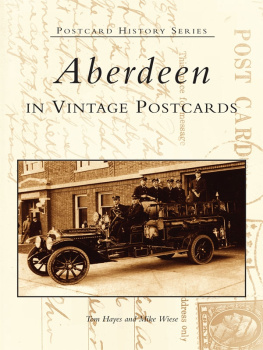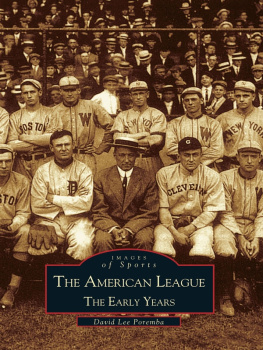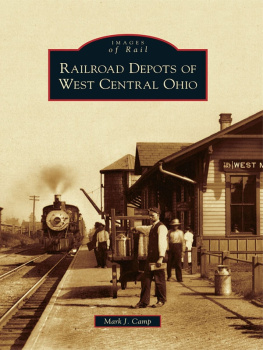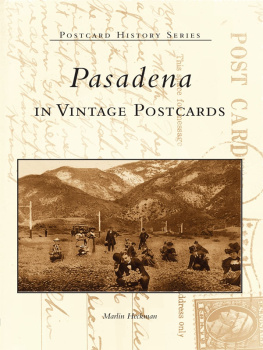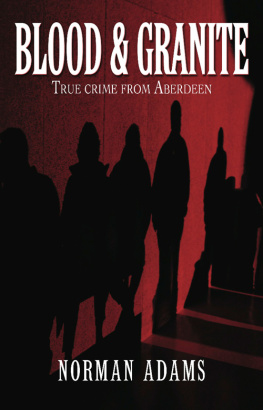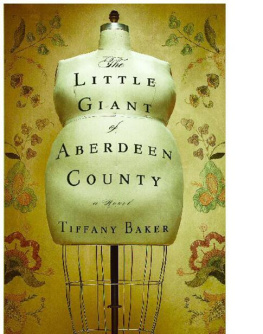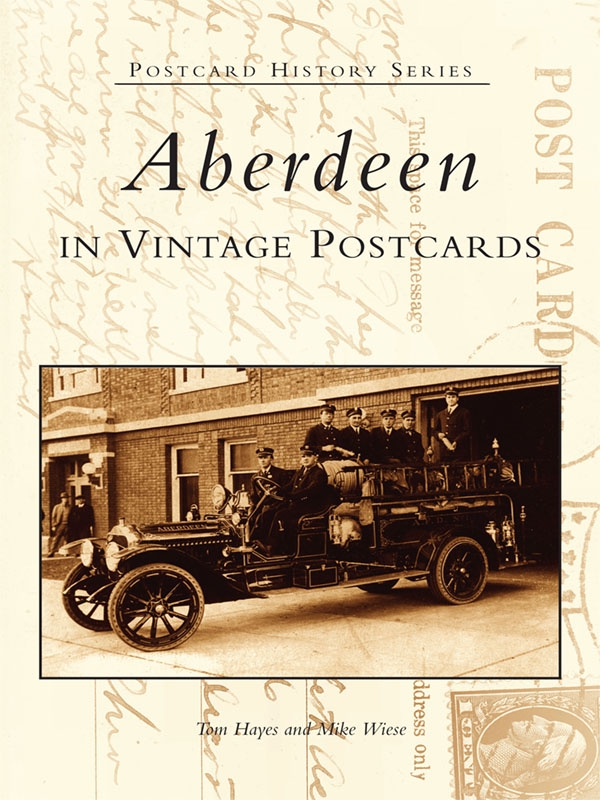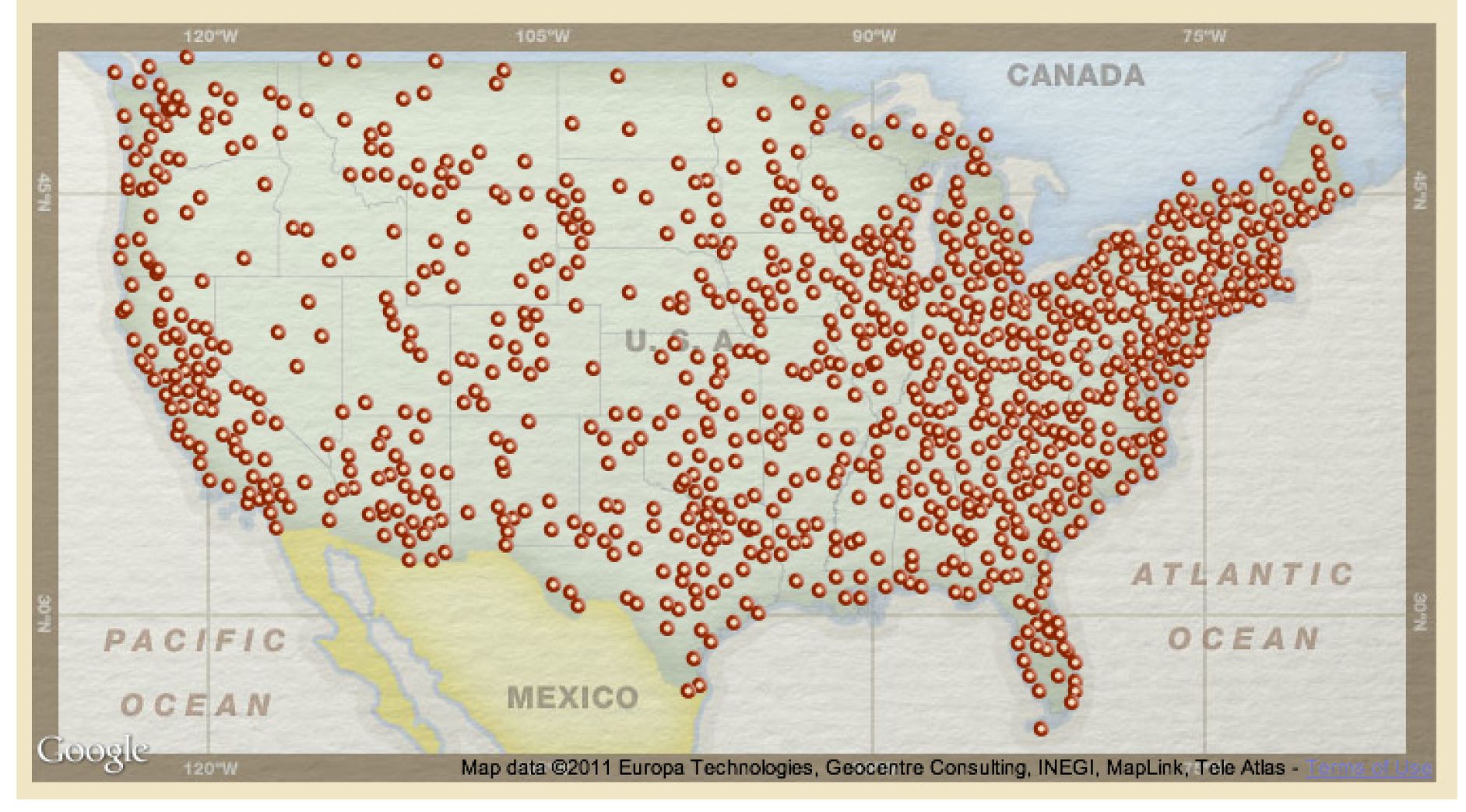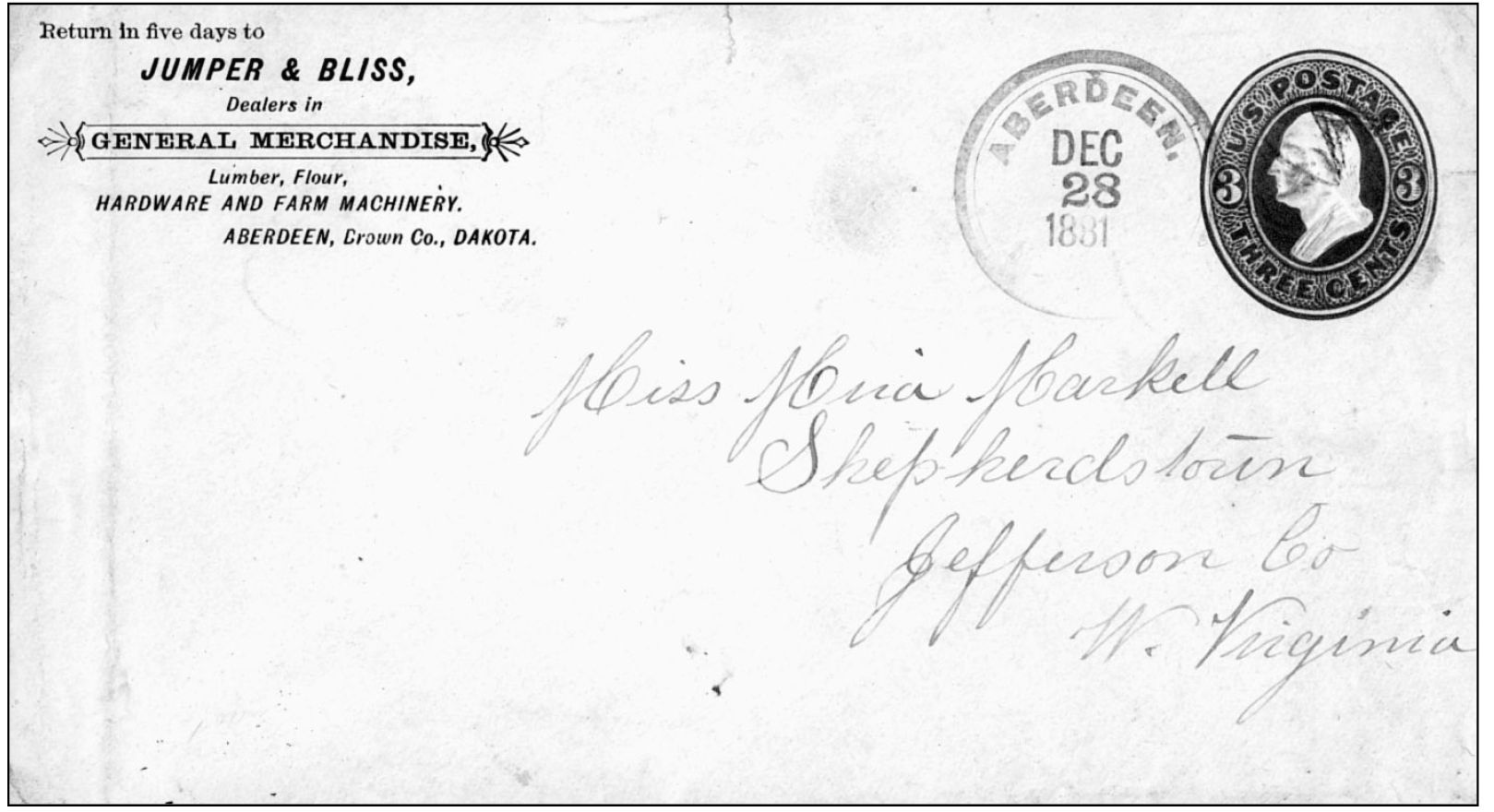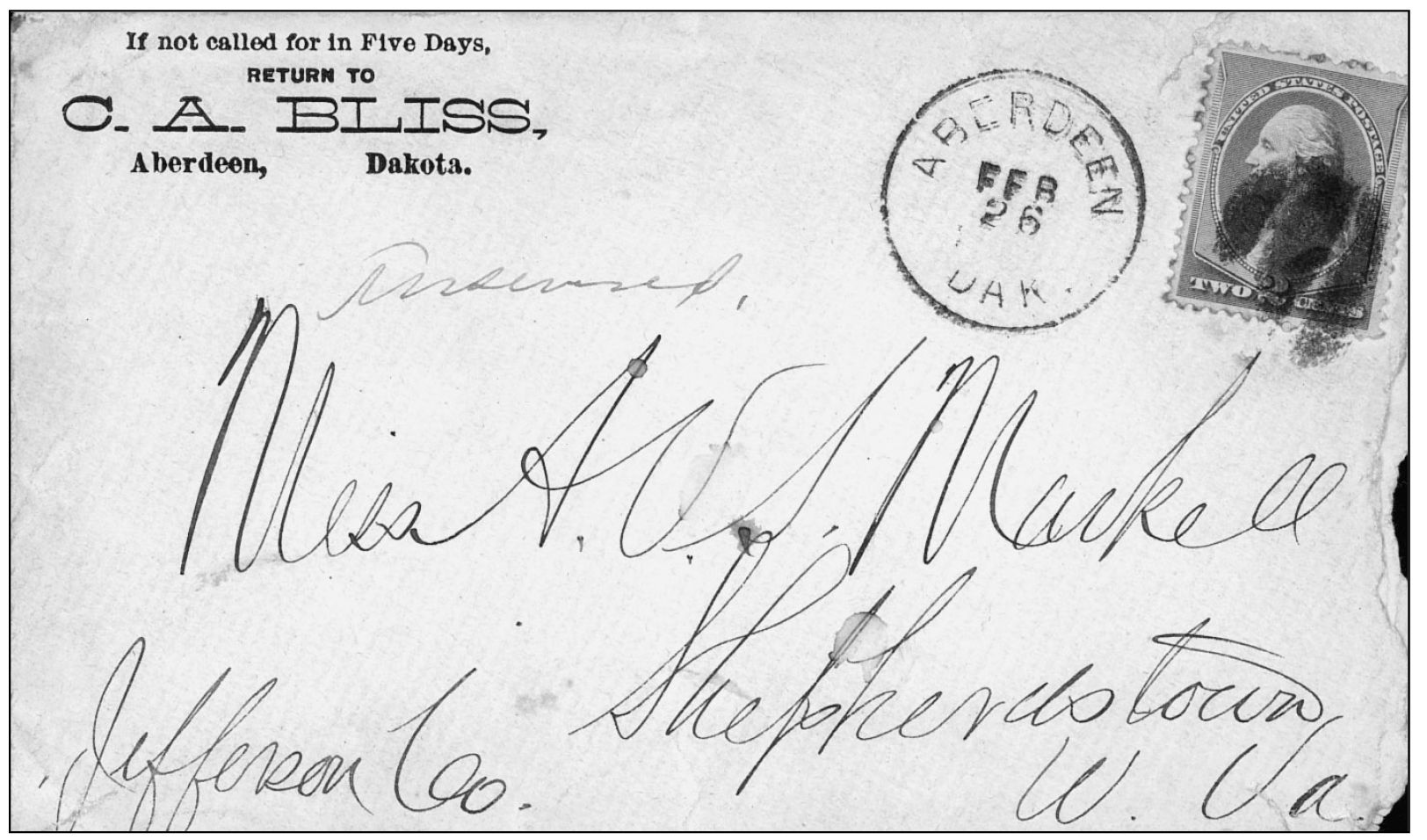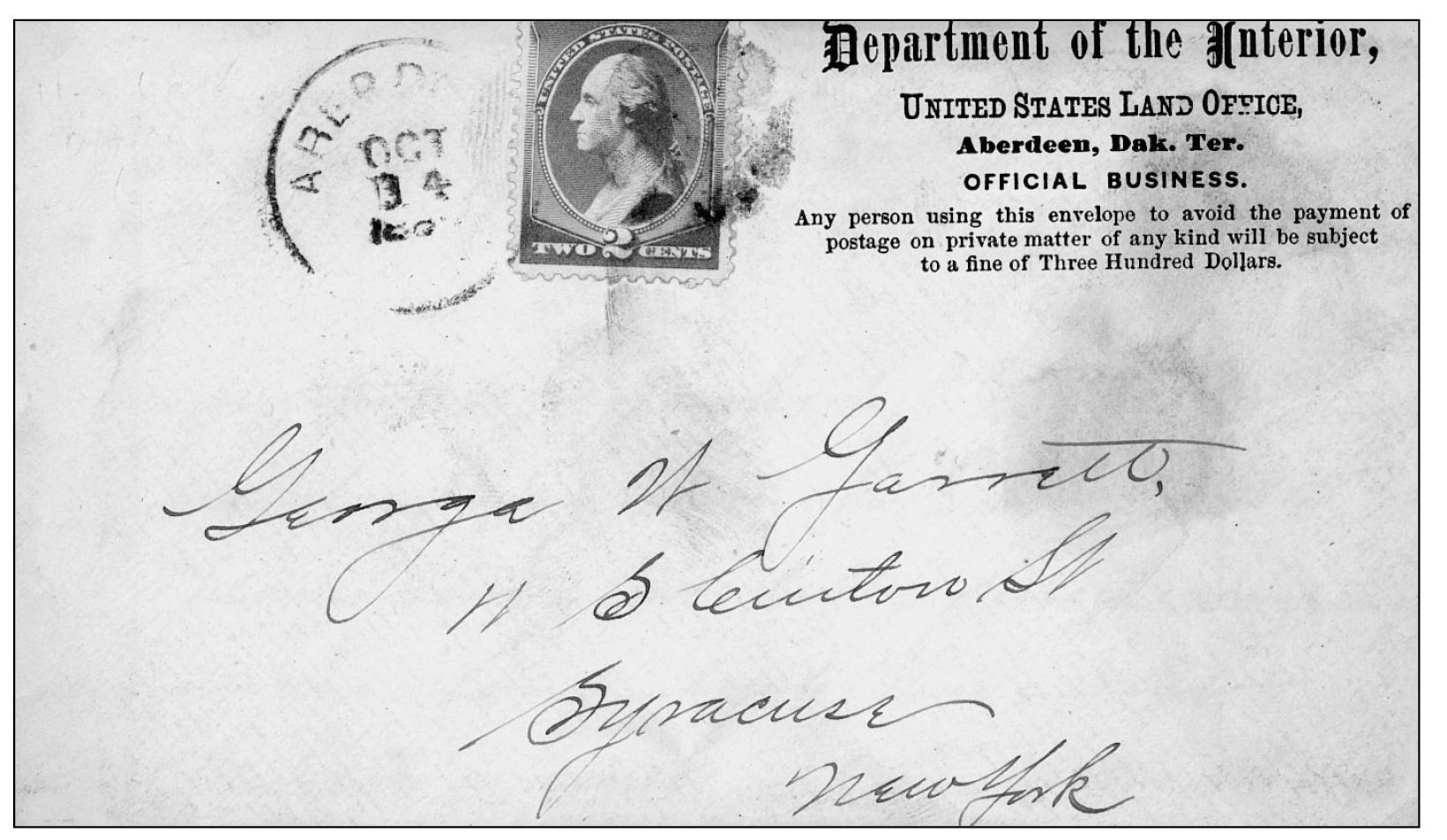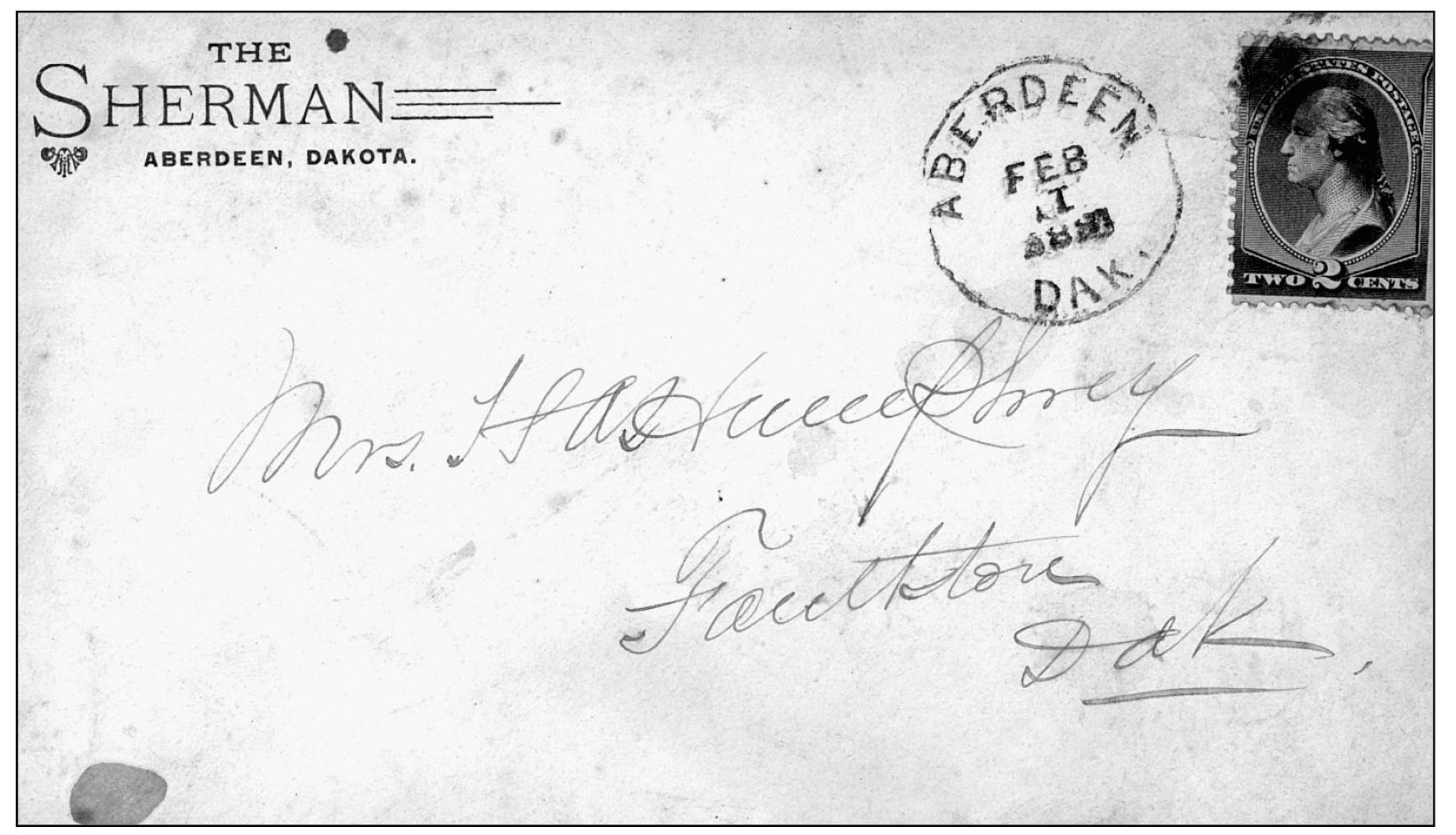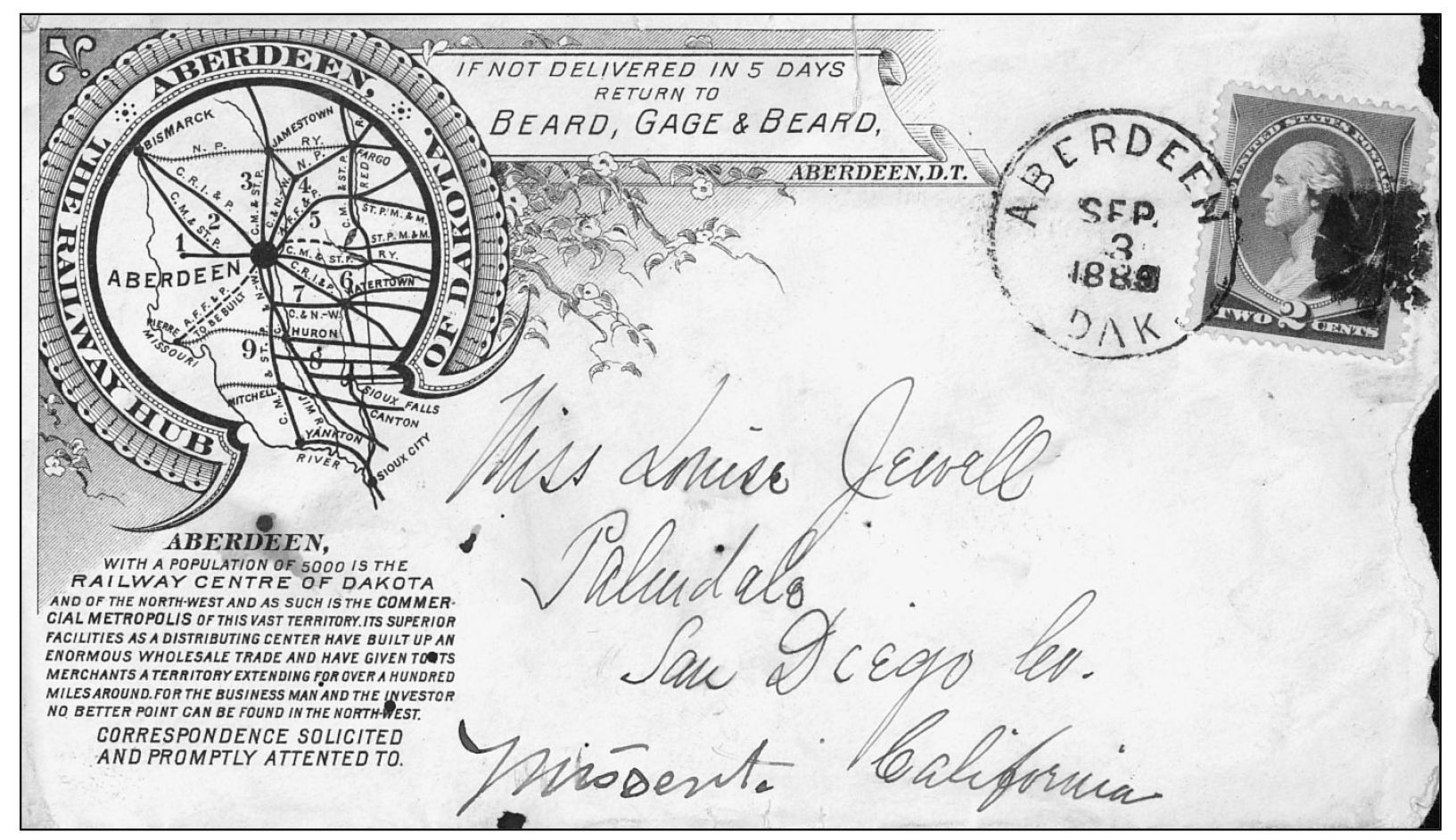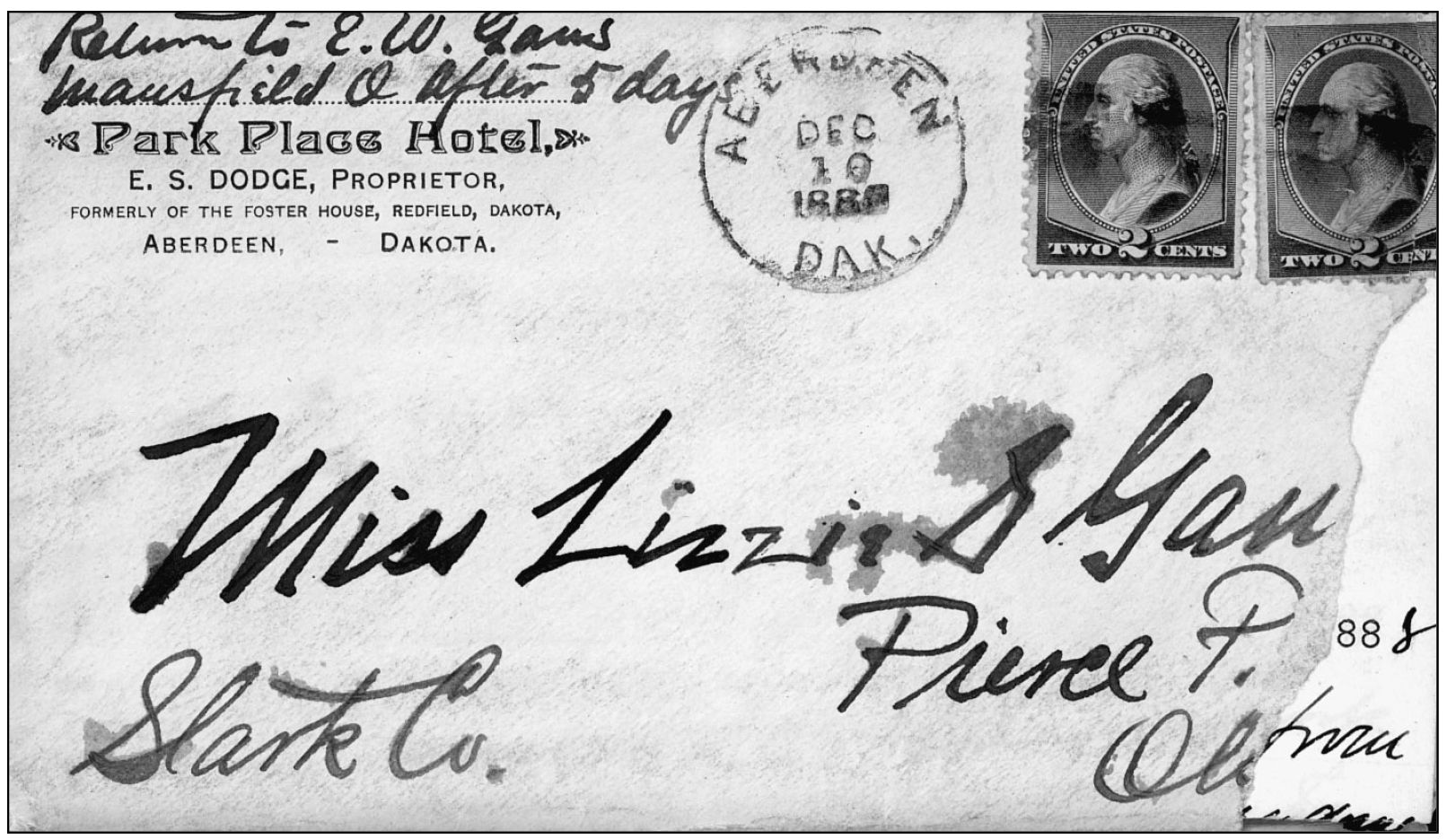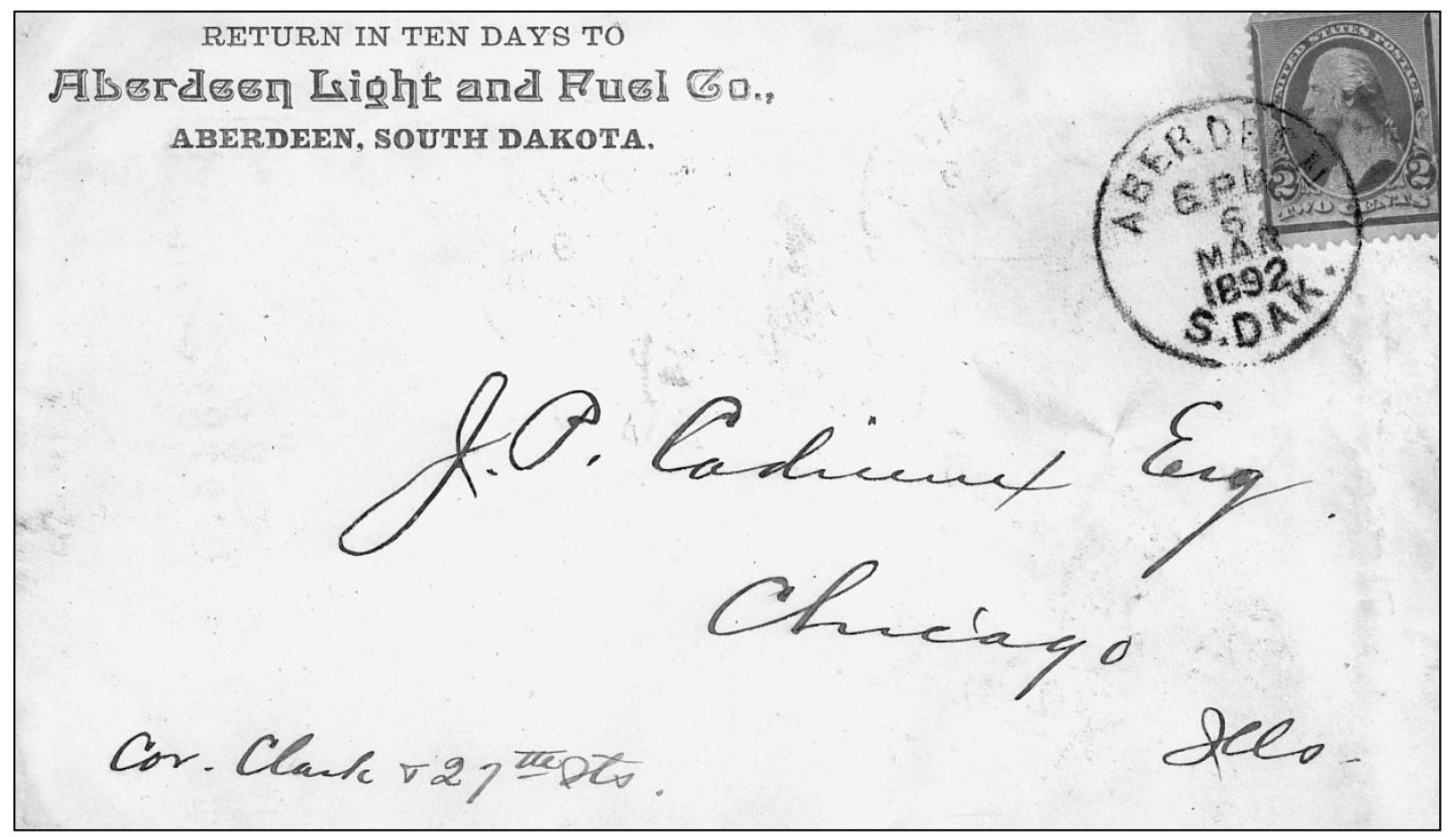Tom Hayes - Aberdeen in Vintage Postcards
Here you can read online Tom Hayes - Aberdeen in Vintage Postcards full text of the book (entire story) in english for free. Download pdf and epub, get meaning, cover and reviews about this ebook. year: 2011, publisher: INscribe Digital;Arcadia Publishing, genre: Romance novel. Description of the work, (preface) as well as reviews are available. Best literature library LitArk.com created for fans of good reading and offers a wide selection of genres:
Romance novel
Science fiction
Adventure
Detective
Science
History
Home and family
Prose
Art
Politics
Computer
Non-fiction
Religion
Business
Children
Humor
Choose a favorite category and find really read worthwhile books. Enjoy immersion in the world of imagination, feel the emotions of the characters or learn something new for yourself, make an fascinating discovery.
- Book:Aberdeen in Vintage Postcards
- Author:
- Publisher:INscribe Digital;Arcadia Publishing
- Genre:
- Year:2011
- Rating:3 / 5
- Favourites:Add to favourites
- Your mark:
Aberdeen in Vintage Postcards: summary, description and annotation
We offer to read an annotation, description, summary or preface (depends on what the author of the book "Aberdeen in Vintage Postcards" wrote himself). If you haven't found the necessary information about the book — write in the comments, we will try to find it.
Plotted and planned as a crossroads town along the developing Milwaukee Railroad, Aberdeen, South Dakota was first settled in 1881. With the arrival of the railroad in 1882, Aberdeen flourished. It earned the nickname of Hub City, serving as a railroad junction and agricultural center. Aberdeens ability to adapt to a changing economy has led to steady growth and has made it the third largest city in the state.
Using more than 200 images, authors Tom Hayes and Mike Wiese take the reader on a historic tour of Aberdeen. Drawing on their immense postcard collection, they tell the story of this tight-knit community and the incredible people who are an integral part of its history.
Tom Hayes: author's other books
Who wrote Aberdeen in Vintage Postcards? Find out the surname, the name of the author of the book and a list of all author's works by series.

